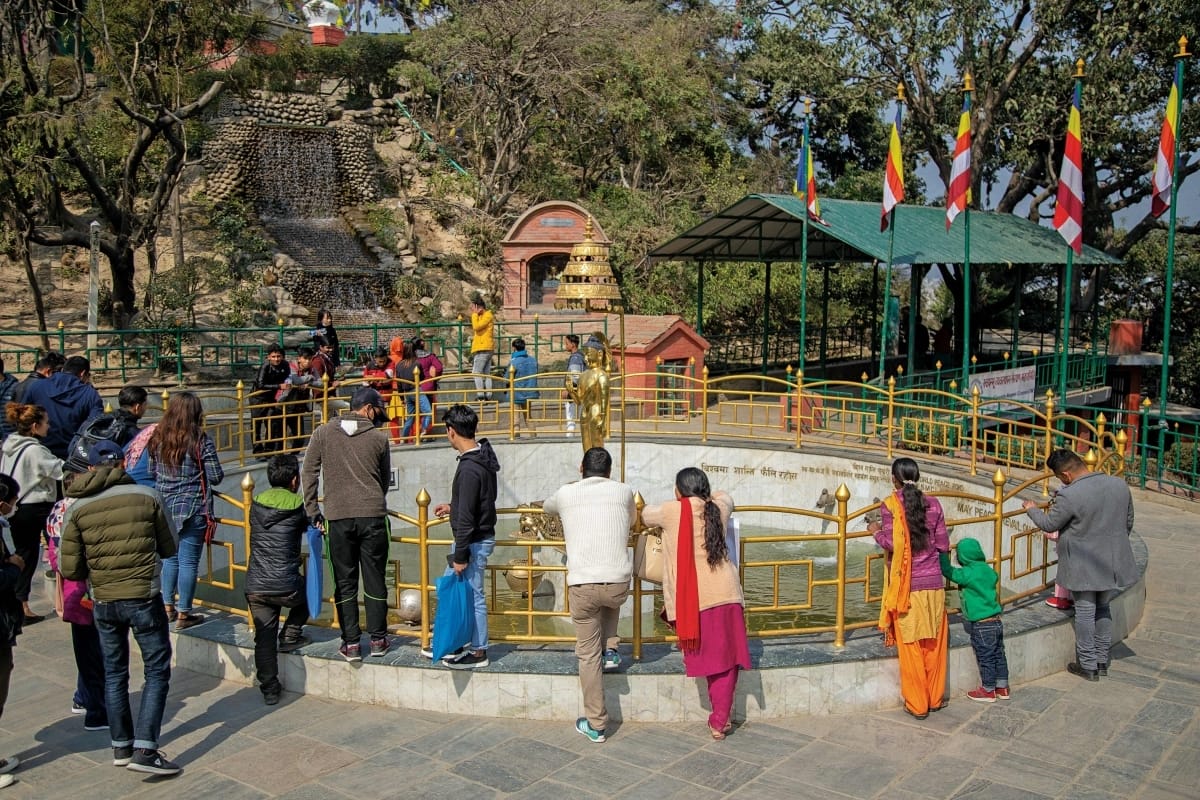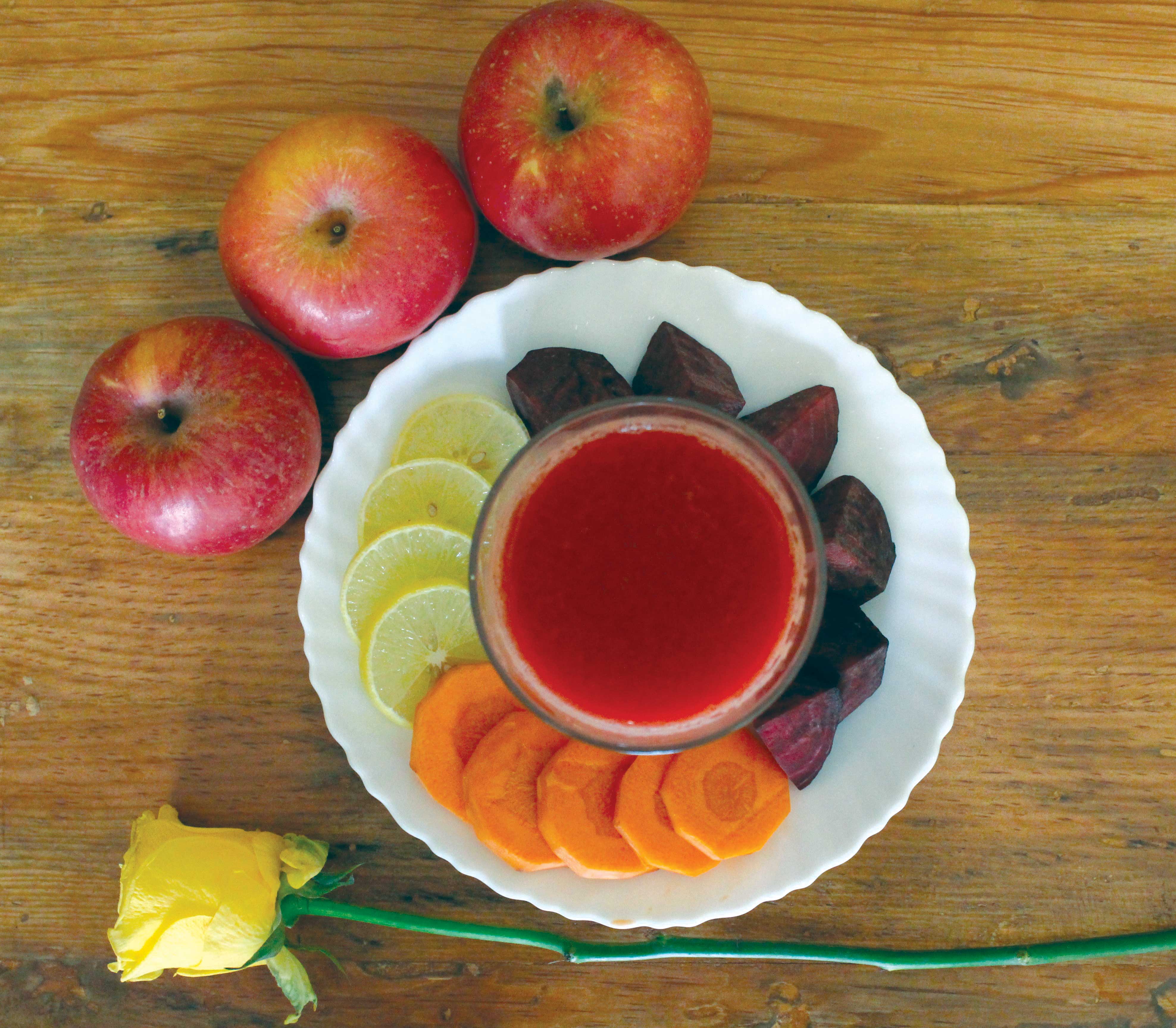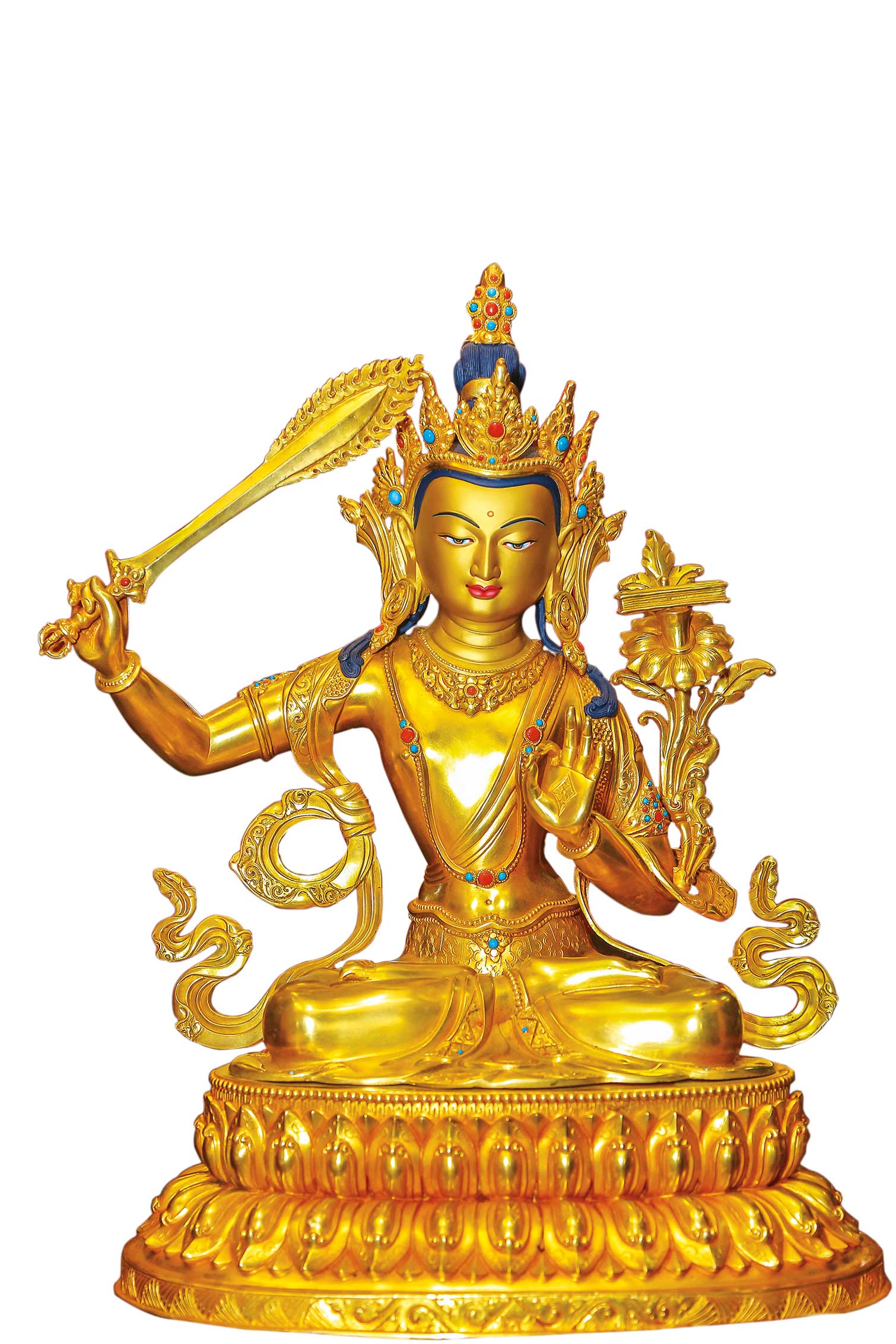For Tej Muni Bajracharya and many residents of Bubahal in Patan, the evenings of the month that follows Dashain are bhajan nights; as are the evenings when the Gunla procession begins. During these two months, and other solitary evenings scattered across the Nepali calendar, these gentlemen carry their prayer books and head towards their bahals, where they proceed to sing devotional bhajans in slow, deliberate, and somber tones.

The bhajans are dedicated to Karunamaya, the Boddhisattva of Compassion, the Pancha Buddhas, and other Buddhist deities. Following the bhajans takes a while to get used to. The worshippers sing it in chorus - some intuitively in baritone, while others rush in with tenor and bass tones. Needless to say, the results are, for the lack of a better word, symphonic.
As you’d expect, the atmosphere is serene, relaxed, and occasionally, punctuated by the faint clash of cymbals. The sound rings across the neighborhood, and in the case of the bahal where Tej Muni and his friends gather, it reverberates. The singers immerse themselves in the verses of the Chatursangraha, which, as the book’s name implies, is a collection of verses about Buddhist deities. Originally written in Sanskrit, it is now available in Newari and Nepali as well. A sign of the changing times, for sure.
The singers come from all walks of life, but lately the congress has been limited to people from one particular age demographic - those with white hair, or no hair at all. But it wasn’t always like this.
Many old timers remember an era when the young and the elderly alike gathered to participate in the singing. “Times have changed,” says Tej Muni. “Earlier, the youth replaced the seniors. That doesn’t happen these days.”
But although members of the younger generation generally refrain from partaking in the bhajans, a few remember the old days with a whiff of nostalgia. “Those evenings used to be special for us too,” says Hiranya Bajracharya. “On the full moon day, the entire tole would prepare for a feast. In the middle of the bahal, there would be a mountain of prasads with a kalash placed on top.”
“We stayed up late for the samay-baji feast that would inevitably follow,” adds Bajracharya. “My brother and I used to quarrel about who’d stand first in line.”
While the younger generation basks in nostalgia, the elders lament the fact that the youth are too preoccupied with other matters. “They don’t have the inclination to protect our heritage,” says one of the participants, an old man with flowing tufts of white hair and eyes hidden by thick spectacles that resemble magnifying glasses. A regular in the bhajans since “forever,” as he puts it, there is a hint of disappointment when he somberly adds: “It isn’t what it used to be anymore.”










